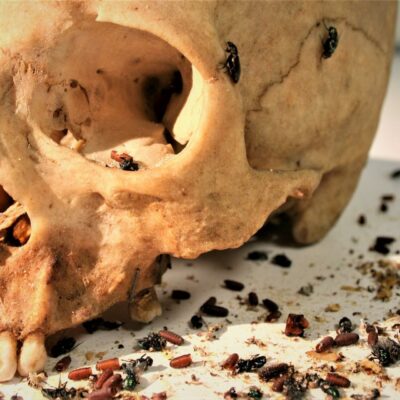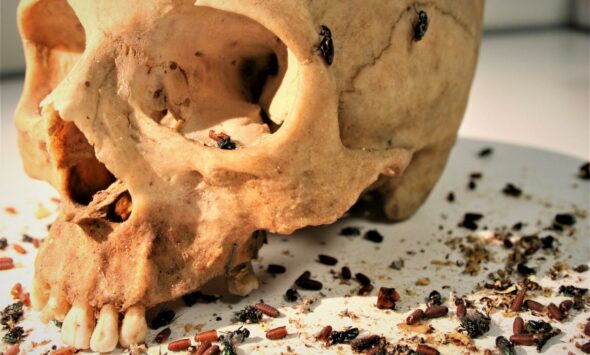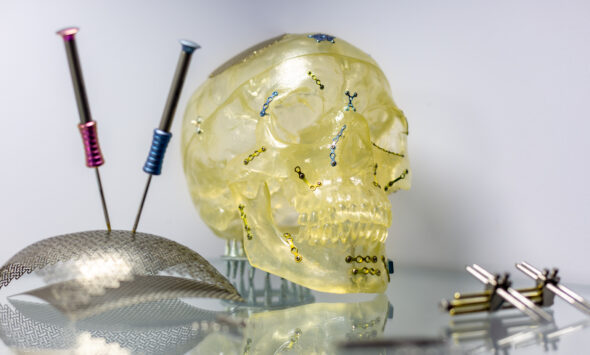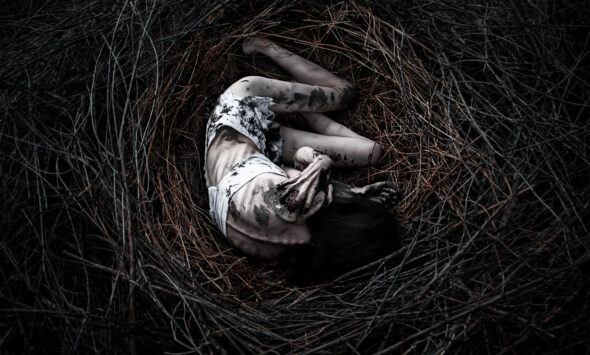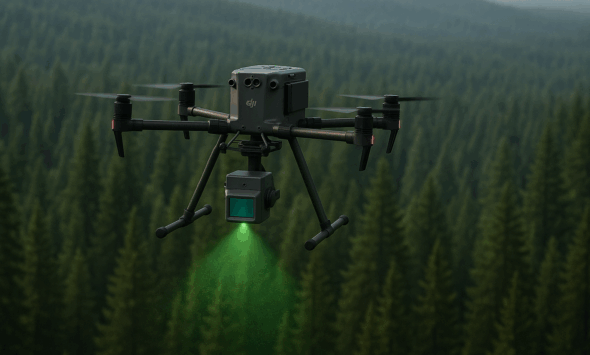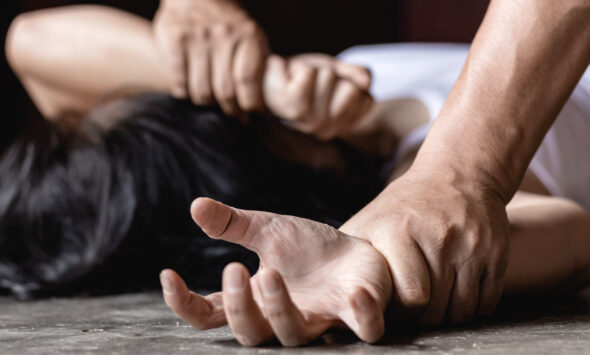In 2024, our unique literary concept combining crime fiction and educational writing finally came to life. It is the result of many months of work, fascinating encounters with seasoned professionals, the sharing of expertise, and true immersion in the daily lives of numerous experts within the judicial sphere. Our ambition with this book was to explore every stage of a criminal investigation, revealing to the general public the many layers of the vast judicial system—from the discovery of a violent crime scene to the verdict delivered by the criminal court. We extend our heartfelt thanks to all the experts who took part in this project and whose testimonies lend the book its authenticity. It has been a remarkable journey!
1 – To begin, could you briefly describe your background and what motivated you to write this book?
Sébastien Aguilar: I have been working in the Forensic Police of the Paris Police Prefecture for thirteen years. In 2017, I had the opportunity to co-author a first book on forensic science and to found ForenSeek®, a platform dedicated to forensic disciplines, which also offers a training program for the competitive examination to become a Forensic Science Technician (Technicien de Police Technique et Scientifique). Since my first assignment, I have always enjoyed sharing insights about this extraordinary profession, which, in my view, remains largely unknown to the general public. The inner workings of a judicial investigation are often unsuspected, and I have witnessed firsthand how investigators sacrifice part of their personal lives to bring cases to completion—sometimes over several days or even weeks. With this new book, our goal was to shed light on the full complexity of a criminal investigation: the overwhelming quantity of evidence to collect, the necessity of organizing all this information, and the importance of interpreting it correctly to uncover the truth. For us, it was a way to pay tribute to all those who work behind the scenes, whose efforts are essential—especially for the victims.
Justine Picard: My career path is somewhat atypical. I spent nearly ten years working in marketing and communications. As I approached my thirties, driven by a strong desire to pursue the profession that had always fascinated me, I decided to take the entrance examination for the Forensic Police of the French Police. In 2019, I joined the intervention unit of the SRPTS in Paris, marking a complete 360-degree career change! I discovered a fascinating, highly technical, and demanding field. Throughout the various cases I have worked on, I quickly began to feel a certain frustration. Within forensic science, we have our own protocols, our own methods, and our own way of working. At crime scenes, we collaborate closely with investigators, but soon after, we lose visibility on the subsequent progress of the case. It’s understandable—this is how the judicial process operates, and everyone must play their part to move things forward as quickly and efficiently as possible. Yet while I accept this professionally, on a personal level, it leaves me with a lingering sense of incompleteness. That’s what motivated me to embark on this literary project: Who? When? What? How? To know and understand every aspect of a criminal investigation, to delve into the daily work of those experts who operate in the shadows, and more broadly, to grasp the inner workings of our country’s judicial system.
2 – What makes your book stand out from other works on criminology and criminal investigations?
Justine Picard: Mainly the format we chose: finding the perfect balance between the technical narrative and the fictionalized storytelling. There are many books devoted to the National Police, the Gendarmerie, or other justice system professionals—some take the form of testimonies, others of detective novels or technical manuals—but none truly bridges these different worlds. For us, it was a way to engage the reader, to hold their attention, while guiding them through the entire judicial process with well-sourced information and key witness accounts. In this market, books tend to be one or the other—but rarely both!
Sébastien Aguilar: Our ambition was to create a book that is both educational and captivating, moving away from the somewhat austere format of traditional criminal law textbooks. We therefore chose to diversify our approach: by including sections dedicated to specific forensic specialities, interviews with various judicial actors (magistrates, experts, lawyers, psycho-criminologists, jurors of the cour d’assises, etc.), and concrete materials such as call detail records, official reports, autopsy findings, and forensic police reports. The idea was to immerse the reader in the heart of the investigation—to show, as vividly as possible, how a case is built step by step, and what tools investigators use along the way. I was particularly moved that Dominique Rizet, a seasoned judicial reporter, praised in his foreword the “educational, well-documented, and comprehensive” nature of this book, describing it as “truly one of a kind.”
3 – Why did you choose to tell this story in the form of a crime novel?
Justine Picard: Above all, we wanted to bring suspense to the narrative and move away from a purely technical approach. Another important point for us was to reach a wide audience—both “specialists” and “non-specialists”—by allowing them to immerse themselves more easily in a complex investigation involving multiple technical procedures. The plot twists, witness statements, and the reader’s desire to find out what happens next all serve as tools to gently introduce complex forensic and judicial concepts. Our aim was for the reader to finish the book with the satisfaction of a well-crafted story while also gaining a solid educational foundation through the insights of real experts and the many technical details presented.
Sébastien Aguilar: We chose a narrative format because it allows readers to experience the intensity and emotion inherent in this kind of investigation. This storytelling allows to convey powerful messages—such as the confrontation with death, the crucial role of the forensic autopsy, or the chronic fatigue affecting every individual involved in the investigation. Behind the forensic police expert’s coverall, the magistrate’s or lawyer’s robe, the pathologist’s lab coat, or the investigator’s computer screen, there are men and women with their own strengths and weaknesses. Writing it as a crime novel enabled us to highlight this deeply human dimension, too often overshadowed by the purely technical side of criminal investigation.
4 – Is the case presented in your book entirely fictional, or does it include real investigative elements and techniques?
Sébastien Aguilar / Justine Picard: Around 30% of the story is inspired by a real criminal case, to which we added numerous original elements to illustrate the diversity and modernity of current investigative techniques. We’re sometimes asked whether we’re concerned about revealing too much information that might benefit criminals. In reality, everything we describe in this book is already publicly accessible—through the internet, films, or television series. Nowadays, everyone knows they can be betrayed by their fingerprints, DNA, scent, clothing fibers, digital data, or even shoeprints left at the scene. To put it simply: the best way not to get caught is still not to commit a crime…
5 – What are the key insights or most surprising discoveries readers will find in « At the Heart of the Criminal Investigation »?
Sébastien Aguilar / Justine Picard: In At the Heart of the Criminal Investigation, we reveal fascinating developments that are set to transform investigative methods in the years to come. For instance, we explore emerging forms of digital trace evidence—such as connected devices, next-generation vehicles, and intelligent video surveillance—that are poised to play a decisive role in future investigations. These new sources of evidence already make it possible to reconstruct crime scenes with remarkable precision. We also break down how DNA analyses are conducted: How are they performed? What criteria are used to compare genetic profiles? Through this book, readers will gain insight into the inner workings of forensic genetics laboratories and understand how a single biological sample can completely change the course of an investigation.
6 – Your book doesn’t stop at the criminal investigation—it also includes a section on the trial before the cour d’assises. Why did you make that choice?
Justine Picard: The trial represents a crucial stage of the judicial process. All the work carried out beforehand by the various forensic and investigative experts takes on its full meaning in court, when the accused are confronted with the body of evidence gathered against them. That’s where everything comes together! We also felt it was important to shed light on how the justice system functions—something often misunderstood by the general public—and to clearly explain the roles of its key players (lawyers, prosecutors, investigating judges, etc.).
Sébastien Aguilar: Having attended several trials before the cour d’assises, I’ve always been struck by their almost theatrical staging and by the ability of certain investigators and experts who, when called to the stand, can testify for hours on end without interruption or notes. It was important for us to show how such a trial unfolds: How are jurors selected? Who appears before the court? Should one address the presiding judge as “Your Honour”? Do lawyers ever interrupt one another with an “Objection, Your Honour !”? How does the deliberation phase take place? and so on.
7 – If you had to describe your book in one word?
Justine Picard : Immersive !
Sébastien Aguilar : Thrilling !
8 – To conclude, could you share a short anecdote?
Sébastien Aguilar: In this fictional case, I actually went to the banks of the Seine—the location where the victim’s body is discovered—where I carried out a sample collection that was later analyzed by a captain from the Institut de Recherche Criminelle de la Gendarmerie Nationale (IRCGN). The results of that analysis proved decisive in our investigation. This book was also an opportunity to feature, through interviews and immersive accounts, contributions from real specialists in criminal investigation, including:
- Jacques Dallest, honorary Attorney General, author of Cold Case and Sur les chemins du crime (Éditions Mareuil)
- Christian Sainte, Director of the National Criminal Police (DNPJ)
- Valérie-Odile Dervieux, Presiding Judge of the Investigative Chamber, Paris Court of Appeal
- Delphine Blot, Judge of Liberties and Detention, Paris Judicial Court
- Fatiha Touili, Investigating Judge, Bobigny Judicial Court
- Thana Nanou, embalmer, author of Les yeux qu’on ferme (Éditions 41)
- Guillaume Visseaux, forensic pathologist, IRCGN
- Amel Larnane, Head of the Central Service for the Preservation of Biological Samples (SCPPB)
- Eduardo Mariotti and Bertrand Le Corre, criminal lawyers
- François-Xavier Laurent, forensic genetics expert at Interpol
- Sylvie Miccolis, investigator, Paris Criminal Brigade (DPJ)
- Noémi Chevassu, former investigator with the Minors’ Brigade, author of Pluie nocturne (Éditions Alba Capella)
- Peggy Allimann, behavioural analyst, Forensic Division of the Gendarmerie Nationale (PJGN), author of Crimes (Éditions DarkSide)
- General Christophe Husson and Colonel Pierre-Yves Caniotti, COMCYBER-MI• Chief Superintendent Sophie Malherbe-Mayeux, Head of the River Police Unit, Paris Police Prefecture

Our book is available in all bookstores and online retail platforms (To order: click here)
Tous droits réservés - © 2025 Forenseek

